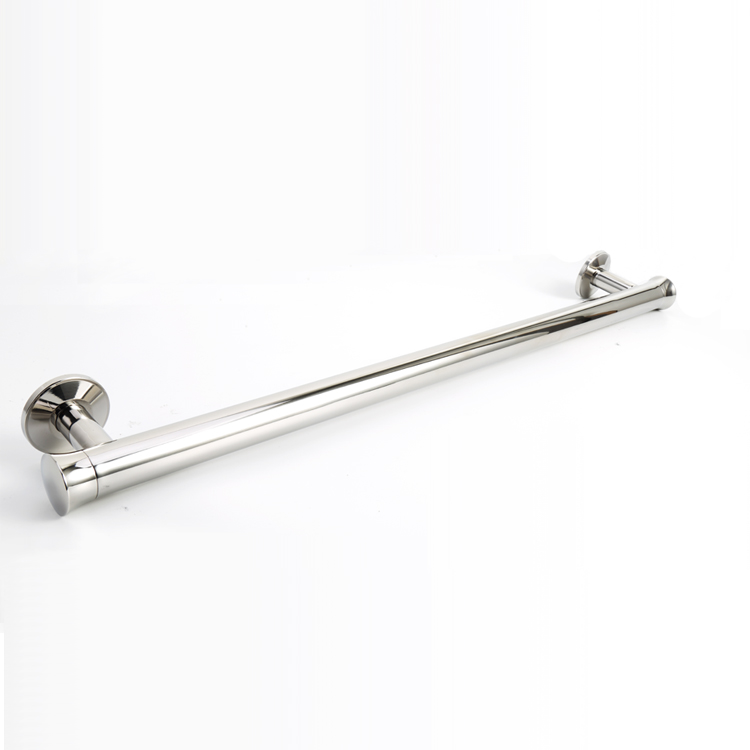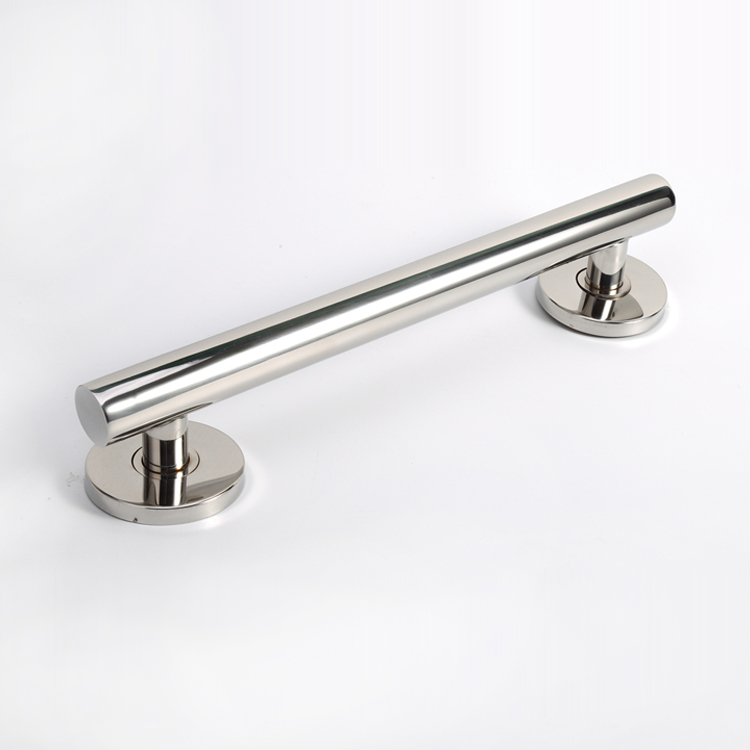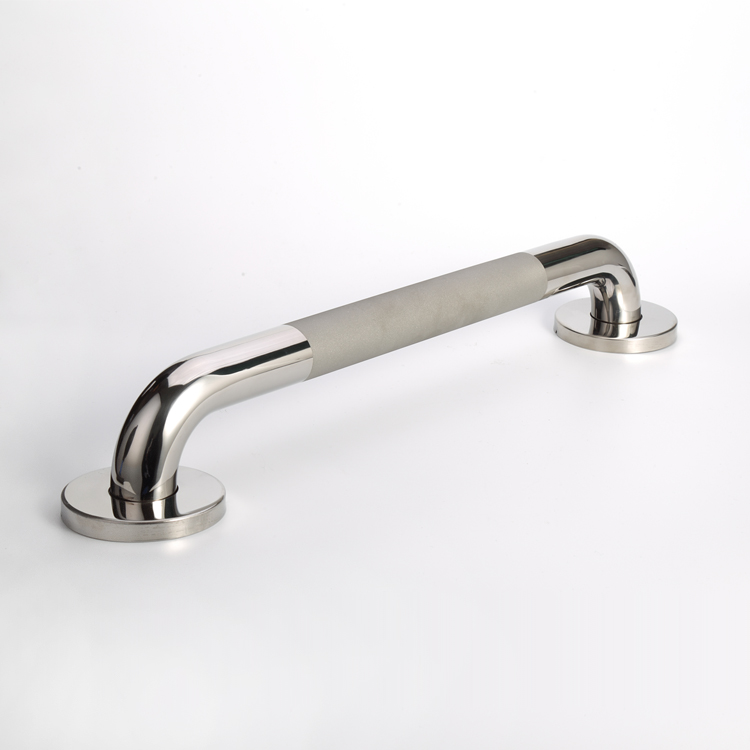304 vs 316 Stainless Steel: Which is Better for Bathroom Hardware?
When selecting stainless steel for bathroom hardware like grab bars, shower seats, and towel racks, the choice between 304 and 316 stainless steel is critical. Both alloys resist rust, but their performance varies in different environments. This guide compares their durability, cost, and ideal applications—helping you make an informed decision for your home or commercial project.
1. Composition & Corrosion Resistance
| Property | 304 Stainless Steel | 316 Stainless Steel |
|---|---|---|
| Chromium | 18% | 16-18% |
| Nickel | 8-10.5% | 10-14% |
| Molybdenum | None | 2-3% |
| Best For | Standard bathrooms | Coastal/high-humidity areas |
Key Insight:
304 (Grade 18/8): Resists everyday moisture but may develop surface rust in saltwater or heavy chemical cleaners.
316 (Marine Grade): Molybdenum adds protection against chlorides (salt, bleach), making it ideal for:
Beachfront homes
Hospitals (frequent disinfectant use)
Commercial pools/spas
*(Real-world test: 304 showed pitting after 6 months in Florida coastal bathrooms, while 316 remained intact – NACE International study)*
2. Cost Comparison: Is 316 Worth the Premium?
Material Cost: 316 is 20-30% more expensive than 304
Lifespan:
304 lasts 8-12 years in average bathrooms
316 lasts 15-20+ years in harsh conditions
When to Choose 304:
✔ Budget-conscious projects
✔ Low-humidity inland regions
✔ Interior bathrooms with proper ventilation
When to Splurge on 316:
✔ Coastal/industrial areas
✔ High-traffic commercial spaces
✔ Hardware exposed to saltwater or harsh cleaners
3. Performance in Bathroom Applications
Grab Bars
304: Suitable for most homes (tested to 500 lbs load capacity)
316: Mandatory for marine environments or accessible showers with frequent bleach cleaning
Shower Frames & Shelves
304: Adequate if wiped dry after use
316: Prevents edge corrosion where water pools
Towel Rings/Hooks
304: Cost-effective for dry zones
316: Recommended within 3ft of showers
4. Maintenance Myths Debunked
Myth: “316 never needs maintenance”
Truth: Both alloys require:
Weekly wiping with pH-neutral cleaner (avoid abrasive pads)
Immediate drying after saltwater/chlorine exposure
Inspection for mineral deposits (hard water areas)
Pro Tip: 316’s molybdenum resists pitting but can still stain from neglect.
5. How to Identify Authentic Grades
Magnet Test:
304/316 are generally non-magnetic (weak attraction possible)
Strong magnetism indicates inferior 400-series steel
Chemical Markers:
316 leaves a yellowish hue when exposed to nitric acid (lab test)
Mill Certificates:
Reputable suppliers provide material test reports
FAQ
Q: Can I mix 304 and 316 hardware?
A: Yes, but avoid direct contact (galvanic corrosion risk). Use nylon washers as buffers.
Q: Does PVD coating replace 316?
A: Coatings add color but don’t match 316’s bulk corrosion resistance.
Q: Which does YIRUIS recommend for hotels?
A: We suggest 316 for wet areas (showers/tubs) and 304 for dry zones (towel bars) to balance cost/performance.
Conclusion: Match the Steel to Your Environment
Choose 304 if: You need affordable, reliable hardware for standard bathrooms.
Upgrade to 316 if: Your bathroom faces salt air, heavy chemicals, or requires medical-grade durability.
Explore Our Collections:
304 Stainless Bathroom Hardware – Budget-friendly & stylish
316 Marine-Grade Series – For harsh environments
 Choosing the Best Material for Shower Handrails
Choosing the Best Material for Shower Handrails
 Hospital Bathroom Safety Upgrade with Self-Install YIRUIS Grab Bars
Hospital Bathroom Safety Upgrade with Self-Install YIRUIS Grab Bars
 How to Choose Grab Bars for Elderly Parents?
How to Choose Grab Bars for Elderly Parents?
 The Most Common Grab Bar Finish: A Practical Guide
The Most Common Grab Bar Finish: A Practical Guide

